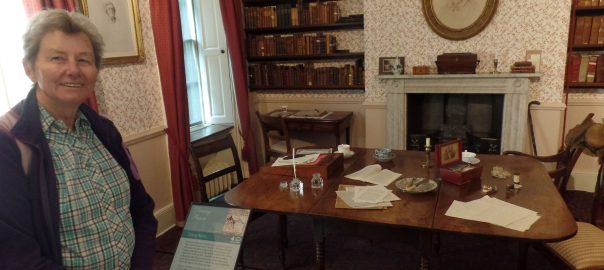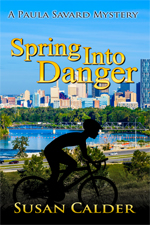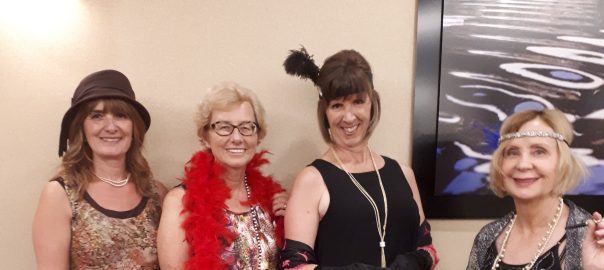In May my husband Will and I spent a delightful day in Haworth, West Yorkshire, UK. We visited the home of the famous Brontë writing family, followed in the footsteps of siblings Charlotte, Branwell, Emily, and Anne, and enjoyed lunch and snacks in cafés with views of the picturesque dales.
Curators of the Brontë Parsonage Museum say the village of Haworth and the surrounding countryside would be recognized by the Brontës today. We took the train and bus from Leeds and walked up the steep high street to the centre of Haworth village.

Our first stop was the Brontë Parsonage Museum, which is full of artifacts and descriptions of the family’s history and the sisters’ writing. As children, the girls and their brother Branwell loved making up stories for his toy soldiers and creating imaginary worlds and adventures for their characters. Charlotte named her favourite soldier after the Duke of Wellington, who defeated Napoleon at Waterloo in 1815, the year before Charlotte’s birth. The siblings would walk around the dining table developing their tales, which speaks well for the value of writing groups and walking as stimulation. As they grew older, they acquired portable writing desks so they could write in different parts of the house.

Emily’s portable writing desk
The family history was a sad one. Maria Branwell Brontë died the year after her youngest child, Anne, was born. Four years later her two oldest daughters died, probably of tuberculosis contracted at boarding school. Her son Branwell became a painter and struggled with addiction. He died at age thirty-one. Emily died three months later, at age thirty, and Anne died the following year, age twenty-nine. Charlotte married her father’s curate and lived to age thirty-eight, when she died of complications from pregnancy. Her husband remained in the house with her father, Patrick, who died at age eighty-four, having survived his wife and six children. All except Anne are buried in the neighbouring church, where Patrick served as rector for forty-one years. Anne died while recuperating from tuberculosis in coastal Scarborough. Charlotte had her buried there to spare her father yet another funeral.

Brontë burial site in St Michael and All Angel’s Church, Haworth
After the museum, we boosted our mood with lunch on a café patio overlooking the Yorkshire dales. Then we walked up to the moor behind the Brontë home and followed a favourite path of the siblings. We didn’t mind that it wasn’t Brontë-esque rainy, windy, and cold. Actually, one museum display featured an academic’s chart that shows sunshine appears in more Brontë novel scenes than readers tend to remember.

Then it was time for an afternoon snack in another café’s garden.

The Brontë Parsonage Museum hosts talks, children’s programs, and other events through the year. I wish I lived in Leeds so I could attend events like Women of the Wild, which will be held this September. I have a slight personal connection to Haworth. My aunt’s family came from the village and my aunt inherited Charlotte’s umbrella, which she later donated to the museum. Unfortunately for us, the museum keeps it in storage along with other personal items and clothing, which they only bring out for special exhibits. But my aunt would be glad to know the umbrella was home in lovely Haworth.

Haworth village viewed from the moor. My hair suggests the day was a tad windy.




















.jpg)

